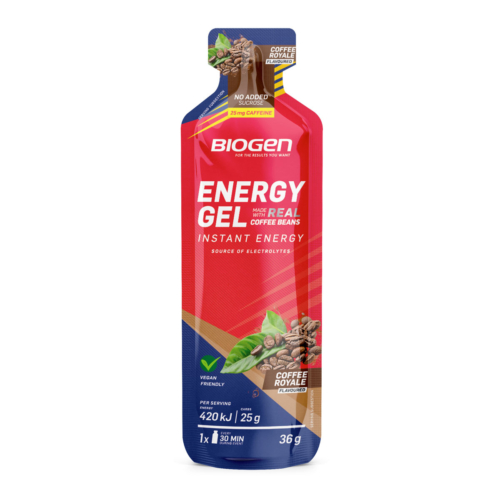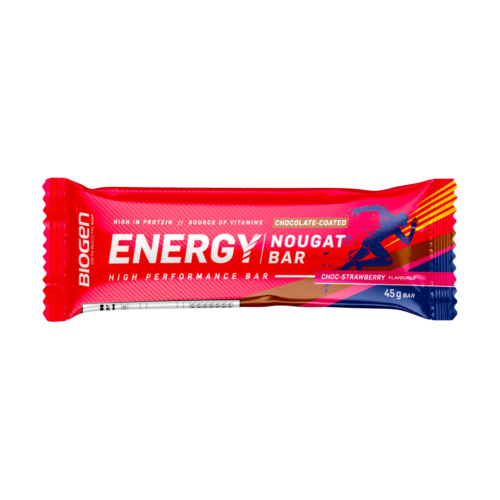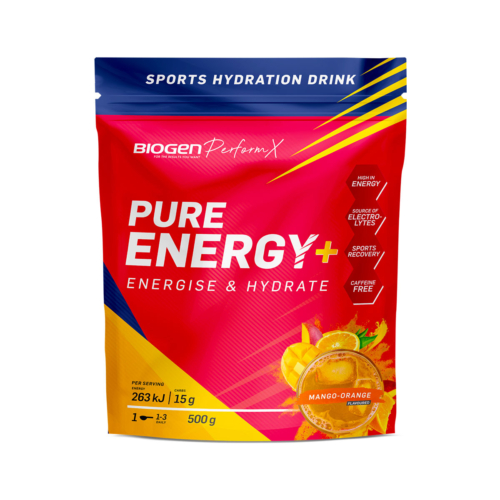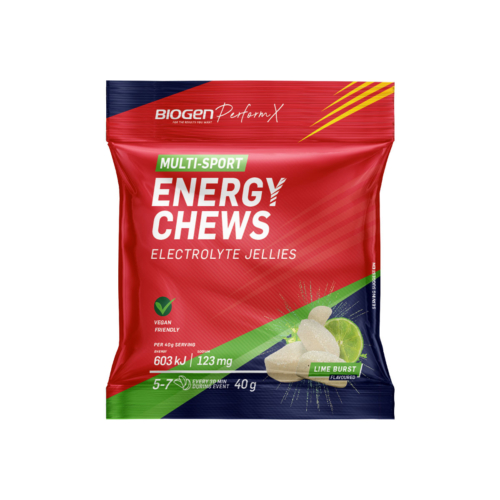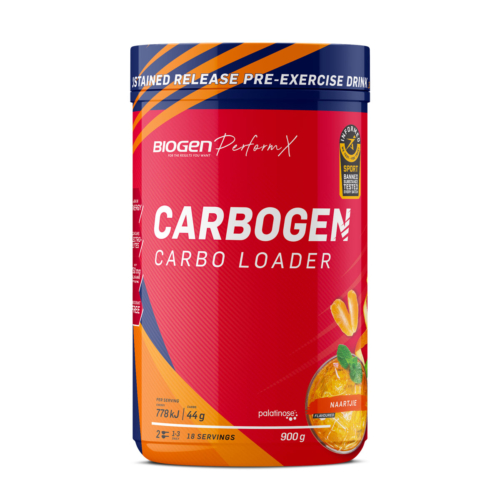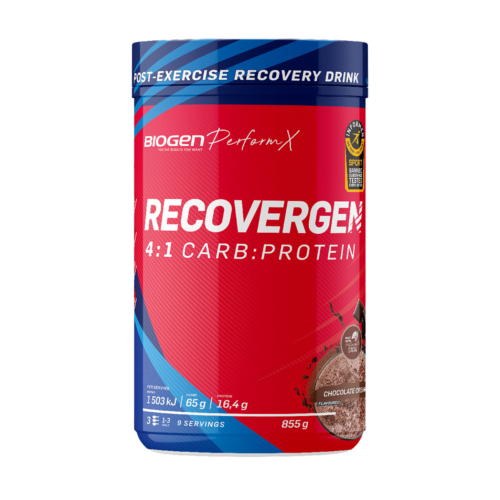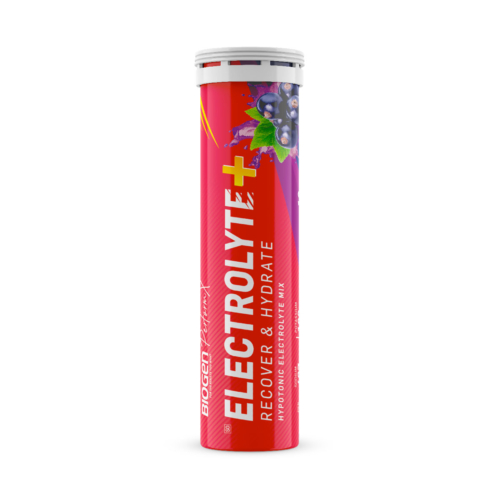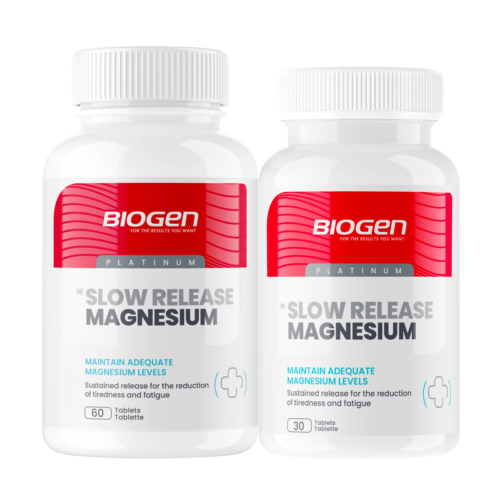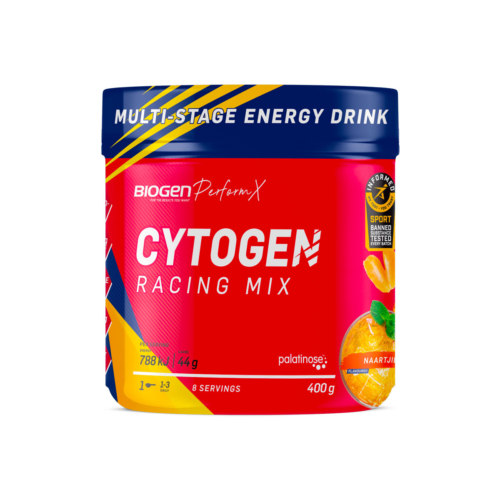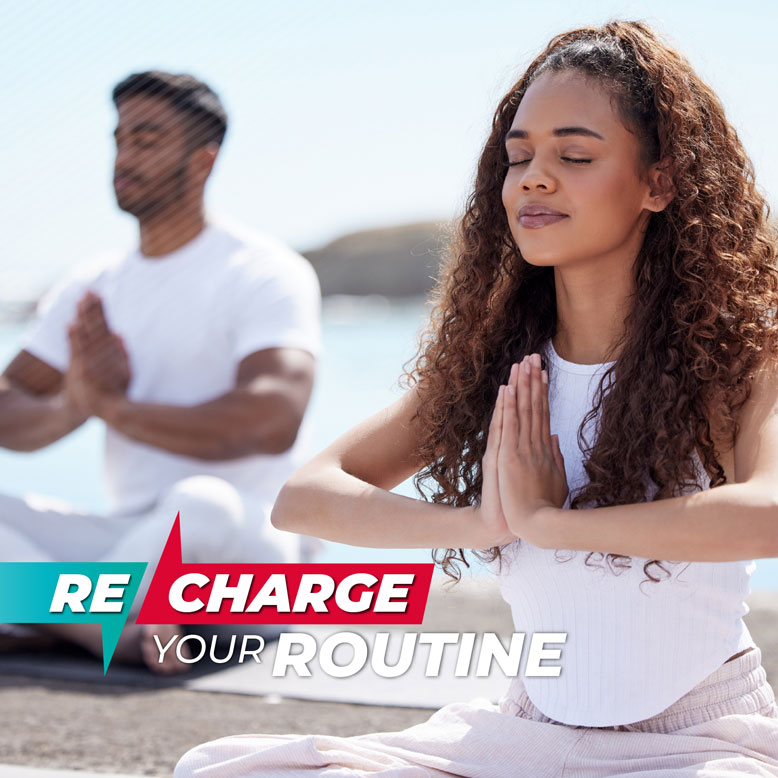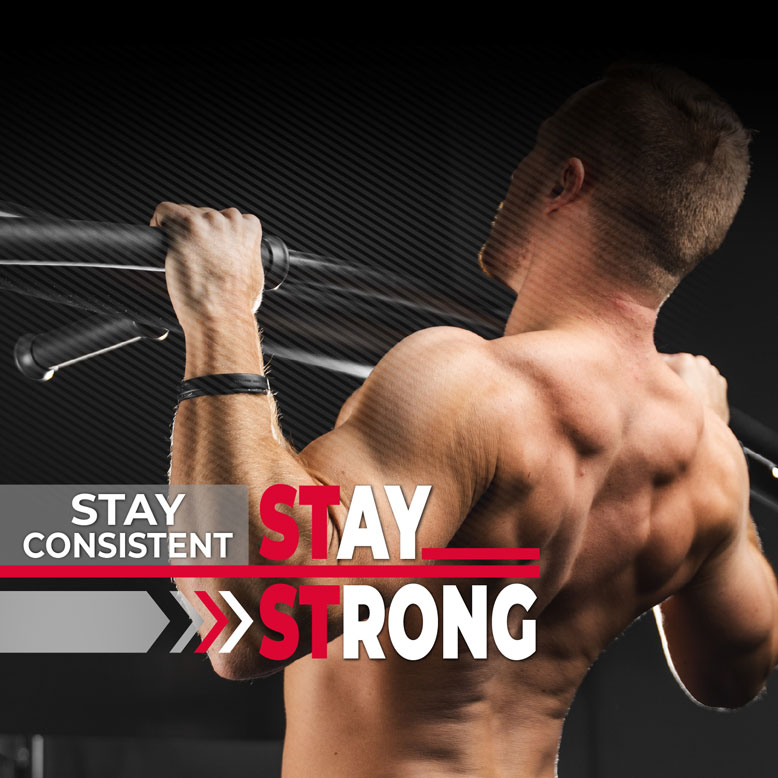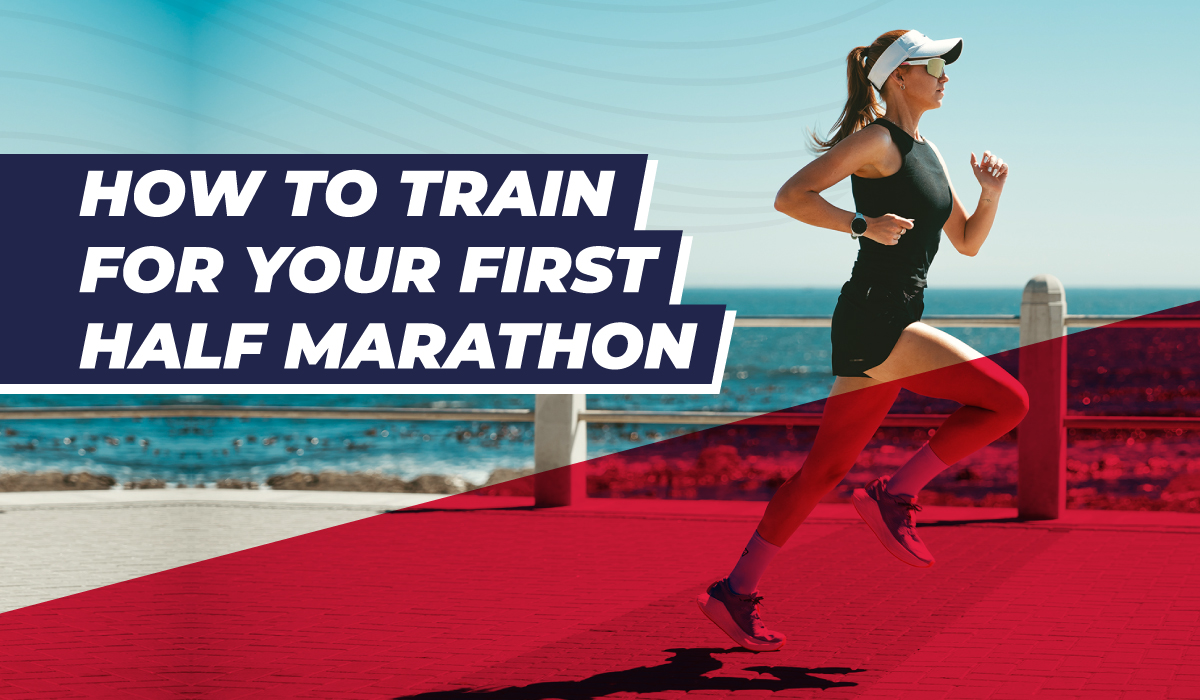
Get your year off to the perfect start by conquering a new challenge or setting a new personal best (PB) at the Biogen Half Marathon, taking place on 11 January 2026.
The challenging yet scenic route will test your fitness, with the race date ideally positioned on the calendar to motivate you to train through December. You can enter at www.biogen21.co.za.
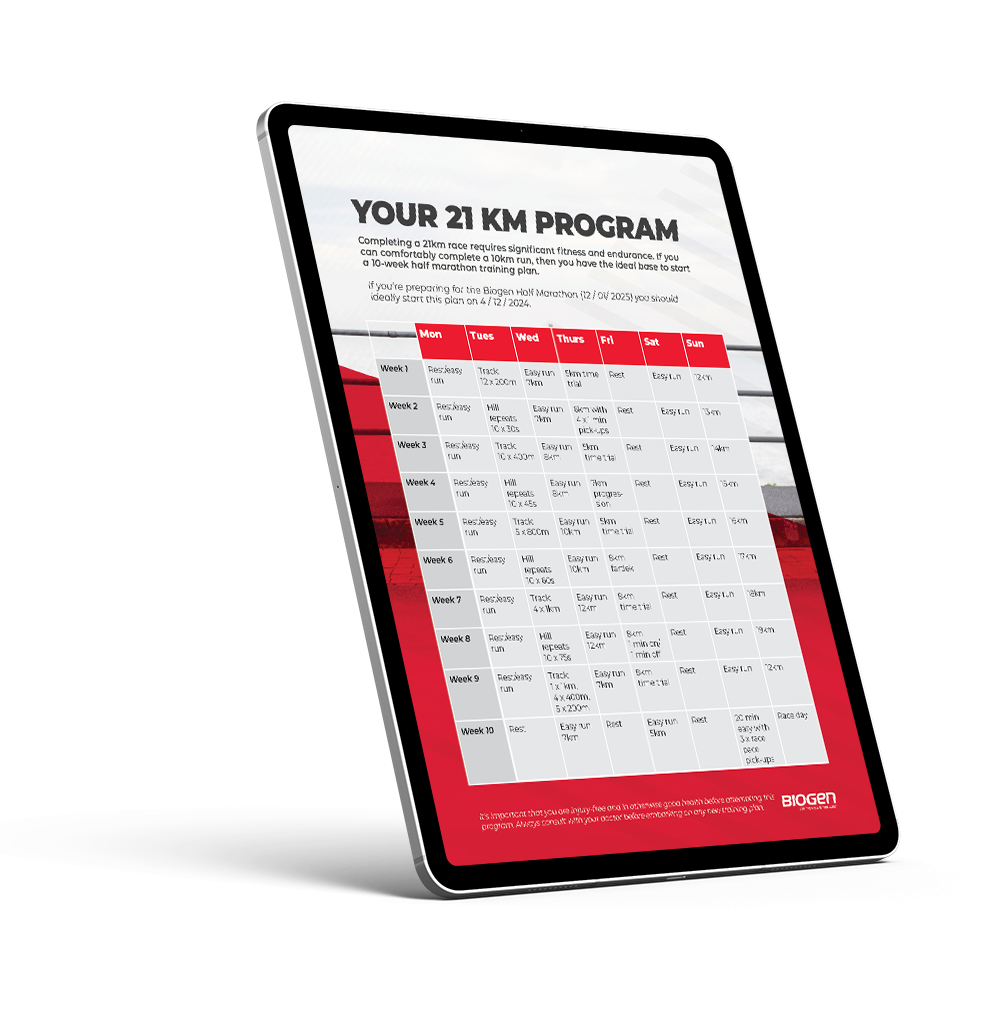
THE 10-WEEK HALF MARATHON PLAN
Ready to level up from a 10km to a half marathon? Our 10-Week Half Marathon Training Plan has everything you need to reach the 21km finish line strong.
With structured workouts, rest days, and tips on mobility and injury prevention, this plan is perfect for balancing training with a busy schedule.
The half marathon challenge
The half marathon is a popular race because the distance offers a tough challenge without being overwhelming, like a 42,2km marathon.
The volume and distances you need to cover in training to comfortably complete a half marathon are manageable for the average person who has limited time to train.
In addition, most runners finish the half marathon in around two hours, which is far less than the four hours and 20 minutes that the average South African runner takes to complete the marathon distance.
Ready to conquer 21km!
However, completing the race still requires significant fitness and endurance. If you can comfortably complete a 10km run, then you have the ideal base to start a 10-week half marathon training plan (to prepare for the Biogen Half Marathon you should ideally start this plan on 3 November 2025).
It’s also important that you are injury-free and in otherwise good health before attempting this program. Always consult with your doctor before embarking on any new training plan.
Training guidelines:
- Always warm up. Get blood flowing to muscles by taking a 10-minute brisk walk or slow jog before your training run.
- Mobilise joints. Spend 5 minutes performing mobility drills after your warm-up to loosen your muscles and joints. Focus on the legs and hip complex.
- Focus on your running form. Include drills and additional strength training, including core, glute and unilateral training to get stronger and reduce your injury risk.
- Follow the plan. Adhere to the structure of the plan and individual workouts, following the recommended intensity as closely as possible and keep within your ability to reduce injury risk.
- Respect rest days. Rest days are important, as are allocated rest times during quality sessions. Stick to the guidelines to derive the full benefit from each workout and the overall plan.
- No catching up. If you miss a run or workout leave it and carry on with the next session.
How to use the plan:
Work using a rating of perceived exertion (RPE)
If you are unsure about your ideal pace, use RPE to subjectively guide your efforts. The scale runs from 6-20, with a 6 rating deemed “no exertion at all” while a 20 rating is a “maximal exertion” effort. An RPE between 12 to 14 is considered a moderate intensity run.
- Track workouts: Run the stipulated distances (200m, 400m, 800m, 1km) at an RPE of 17-18. Rest for 30-90 seconds between reps.
- Progression runs: Start slowly and build up your pace over each subsequent kilometre. Run your fastest split for the last kilometre. Include an easy cool-down after your run.
- Time trial efforts: Run at a steady pace to complete the distance as quickly as possible without the need to walk or stop along the way.
- Fartleks: A fartlek is an unstructured interval session where you constantly vary your intensity by alternating between slow, moderate and faster efforts for varying time periods. Mix it up and have some fun!
The training plan essentials
Before starting a new programme, make sure you have the appropriate running shoes for your running style and biomechanics. It pays to get assessed by a podiatrist, biokineticist or a qualified in-store expert at your local running shoe store.
Purchase the recommended shoe based on your assessment and be prepared to pay a little extra for better quality running shoes. The investment will be worth it!
Additional recommended equipment and gear includes:
- Running socks with a cushioned heel and moisture wicking fabric.
- Running shorts or tights and a running shirt or vest made with moisture-wicking fabrics.
- A training watch, app or GPS-enabled device to track your distance, pace and, ideally, your heart rate.
- A waterproof running jacket.
- A running-specific sports bra for women.
- A reflector belt and headlamp if you plan to run at dawn, dusk or at night.
- A nutrition belt to carry your energy gels and bars.
Nutrition needs
It is also time to consider your race-day nutrition. While your normal diet is suitable to keep your glycogen stores topped up to fuel efforts up to an hour, if you go beyond 60 minutes you may need to top up your dwindling energy reserves.
A suitable race-day nutrition plan should include foods and supplements that you can comfortably carry with you and easily digest without causing digestive distress. It is best to test this strategy on a few long runs before race day.
The key elements to creating a suitable race-day fuelling strategy include:
- Taste and texture preferences. Find something that tastes and feels nice.
- Eat little bits at a time more often. Don’t overdo it.
- Feed by time or distance. A small bite or sip every 20 minutes or 3km is a sensible approach.
- Plan, test, use.
- Keep it simple.
Your Biogen Half Marathon supplement stack:
- Before training and the race: Biogen Energy Nougat Bar, Biogen Energy+ or Biogen Carbogen
- During training or the race: Biogen Energy Gels, Biogen Cytogen, or Biogen Energy Chews
- After training or the race: Biogen Recovergen
- Every day: Biogen Electrolyte+ and Biogen Magnesium
- Discover the Elite endurance range for athletes, featuring the optimal 1:0.8 carb ratio for energy, absorption, and performance.
Race-day tips
Stick to your target pace. Don’t get caught up in the excitement and go out at a pace you haven’t conditioned your body to maintain.
Following, staying ahead of or running in a pacing ‘bus’ is a good way to ensure you stick to the right pacing strategy as the ‘bus driver’ is usually an experienced runner who knows how to get to the finish line in the target time.
Lastly, don’t try anything new on race day. Stick to your tested nutrition plan, using the same products you used during your training. And don’t run in new shoes or socks. More importantly, remember to enjoy it!


